Budgie Bird Noises: How to Decode Uplifting Heartwarming Chirps
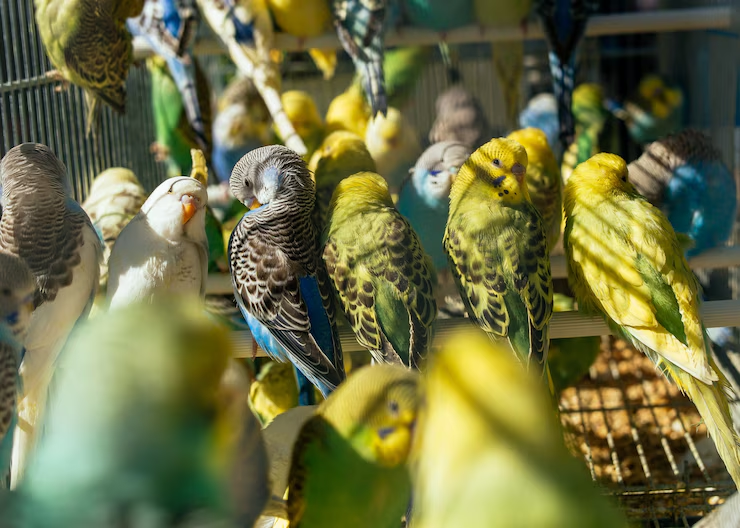
Have you ever found yourself staring at your budgie, completely baffled by the symphony of chirps, squawks, and warbles coming from that tiny beak? You’re not alone! Many budgerigar owners spend years trying to decode budgie sounds without fully understanding what their feathered companions are trying to communicate.
Table of Contents
As a long-time budgie enthusiast and avian behavior specialist, I’m here to help you make sense of your budgie’s vocal repertoire. Understanding budgerigar bird noises isn’t just fascinating—it’s essential for building a strong bond with your pet and ensuring their well-being.
Why Budgies Make Noises
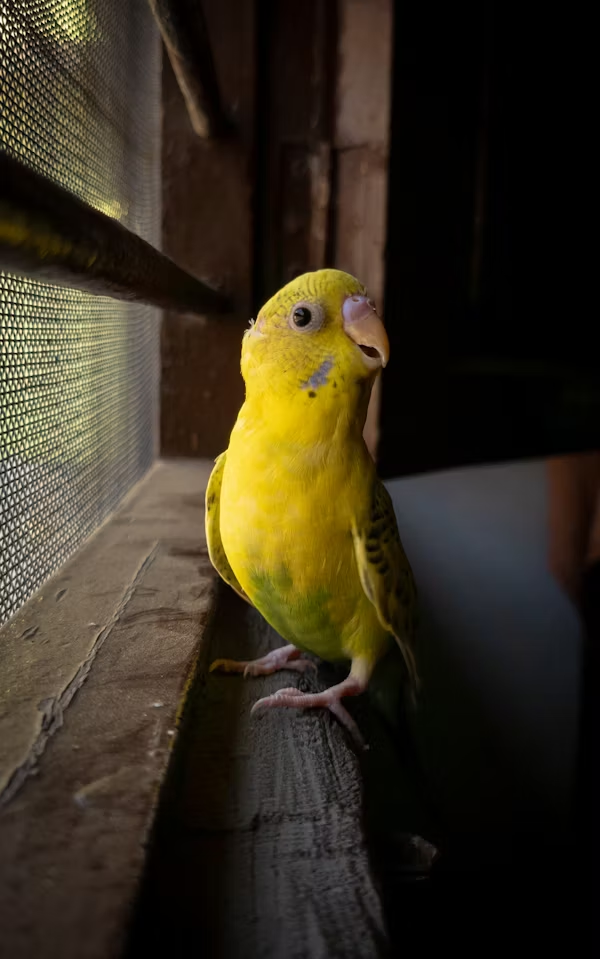
Budgerigars (commonly known as budgies) are incredibly social creatures. In the wild, they live in large flocks, constantly communicating with one another through an impressive variety of vocalizations. Your pet budgerigar hasn’t lost this instinct—they’re trying to communicate with you, their human flock member!
budgerigars make noises for several key reasons:
- Communication: Just like humans, budgies use sounds to convey messages to others in their environment
- Emotional expression: Different budgerigar sounds reflect different emotional states
- Flock bonding: Many budgerigar calls are meant to maintain contact with flock members
- Territory marking: Some sounds help establish boundaries
- Mimicry: Budgies are natural mimics and may reproduce sounds from their environment
Understanding these motivations is your first step toward decoding budgie sounds and strengthening your relationship with your feathered friend.
Types of Budgie Sounds: What’s Your Budgie Saying?
Each budgie has its own unique “voice” and communication style, but certain vocalizations are universal across these charming birds. Let’s explore the most common budgerigar bird noises and what they likely mean:
Chirping
Description: Gentle, soft chirps are typically quick, light sounds, while excited chirps are faster and higher-pitched. Chirping is probably the most common of all budgie bird noises.
Meaning: General contentment, greetings, everyday communication. Think of chirping as your budgerigar’s version of casual conversation!
Visual Cue: When chirping contentedly, budgerigars often appear relaxed with smooth feathers and may be engaged in normal activities like eating or preening.
PRO TIP: Morning chirping is especially common as budgies greet the day. This is a positive sign that your budgerigar is happy and healthy!
Chattering
Description: Rapid, continuous vocalizations that sound like a stream of budgie “words” strung together. Chattering is more complex than simple chirping.
Meaning: Contentment, entertainment, or practicing speech. When your budgerigar chatters, they’re often in a playful, relaxed mood and may be entertaining themselves.
Visual Cue: A chattering budgerigar may bob its head slightly, look at toys or mirrors, or appear to be “talking” to objects in its environment.
Singing
Description: Melodic, often complex vocalizations that have rhythm and musical qualities. Male budgies typically sing more than females, especially during breeding season.
Meaning: Extreme happiness, courtship behavior, or territorial marking. Singing is generally a very positive sign that your budgerigar is content and feeling good.
Visual Cue: A singing budgie often stands tall, may puff out chest feathers slightly, and appears animated and engaged.
Squawking
Description: Loud, harsh vocalizations that are more abrupt and often repeated. Squawking stands out from other budgerigar bird noises due to its volume and intensity.
Meaning: Distress, fear, warning, or seeking attention. Context is important—squawking can indicate something is wrong or simply that your budgerigar wants your attention right now!
Visual Cue: When squawking in distress, budgerigars may have raised feathers, wide eyes, or a rigid posture. Attention-seeking squawks may be accompanied by pacing or looking directly at you.
Screaming
Description: Very loud, piercing vocalizations that are unmistakably urgent. This is among the most concerning budgie bird noises.
Meaning: Extreme distress, fear, loneliness, or pain. Screaming is not typical happy behavior and usually indicates something needs to be addressed.
Visual Cue: A screaming budgerigar may show signs of agitation, attempt to flee, or appear visibly stressed with puffed feathers and rapid breathing.
IMPORTANT: If your budgerigar suddenly begins screaming regularly, it may indicate health issues or serious environmental stressors that need immediate attention.
Clicking
Description: Short, distinct tongue-clicking sounds that resemble the noise of fingernails tapping on a hard surface.
Meaning: Curiosity, contentment, or sometimes mild warning. Context matters—clicking while exploring indicates interest, while clicking when another bird or person approaches may be a mild warning.
Visual Cue: During curious clicking, budgies often tilt their heads, examine objects, or explore their surroundings.
Beak Grinding
Description: A grinding or “crunching” noise made by sliding the upper and lower beak against each other. This distinctive sound is quite different from other budgerigar bird noises.
Meaning: Deep contentment, relaxation, or sleepiness. Beak grinding typically indicates your budgerigar feels safe and comfortable.
Visual Cue: Budgies grind their beaks most commonly just before sleeping. They may have fluffed feathers, half-closed eyes, and appear very relaxed.
Hissing
Description: A sharp, breathy sound similar to air escaping under pressure. Relatively rare compared to other budgerigar sounds.
Meaning: Aggression, defense, or extreme discomfort. Hissing is a clear sign your budgie feels threatened.
Visual Cue: A hissing budgerigar will typically flatten their feathers against their body, extend their neck forward, and may open their beak in a threatening posture.
Budgie Body Language and How It Relates to Sound
Understanding budgie bird noises becomes much easier when you pair vocalizations with body language cues. Here’s a quick reference table to help you interpret the complete communication package:
| Sound | Associated Body Language | Combined Meaning |
|---|---|---|
| Happy chirping | Head bobbing, relaxed posture | Contentment, everyday communication |
| Chattering | Playing with toys, interacting with mirror | Entertainment, self-amusement |
| Singing | Puffed chest, hopping or dancing | Joy, courtship, territorial claiming |
| Squawking | Raised wings, flicking tail | Warning, alarm, attention-seeking |
| Screaming | Frantically flapping, rigid posture | Fear, pain, extreme distress |
| Clicking | Head tilting, curious exploration | Interest, mild warning |
| Beak grinding | Fluffed feathers, roosting position | Relaxation, preparation for sleep |
| Hissing | Flattened feathers, lunging motion | Aggression, defensive posture |
By observing both sounds and movements together, you’ll become fluent in decoding budgerigar sounds much more quickly!
When to Be Concerned About Budgie Bird Noises
While most budgie vocalizations are normal and healthy, certain sounds can indicate problems. Here are some budgerigar bird noises that might signal it’s time for a vet visit:
- Wheezing or clicking during breathing (not beak clicking): May indicate respiratory infection
- Constant screaming that doesn’t resolve with attention: Could signal pain or serious distress
- Sudden cessation of all vocalizations: Very concerning in a normally vocal bird
- Unusual, strained sounds when breathing or vocalizing: Potential airway obstruction
- Dramatic change in vocal patterns or sound quality: Could indicate illness
Remember that each budgie has its own “normal”—what matters most is noticing changes from your bird’s typical vocal behavior. Sudden changes deserve attention and potentially veterinary consultation.
How to Encourage Positive Vocalizations
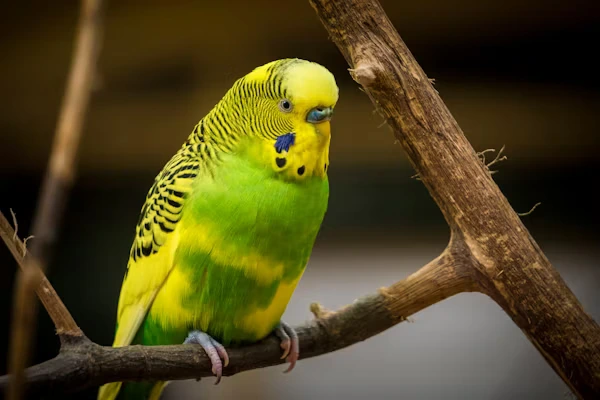
If you’d like to hear more of the pleasant budgie bird noises and fewer stress-related sounds, here are some effective strategies:
- Provide consistent social interaction: Budgies are social creatures who need daily interaction
- Offer appropriate toys: Puzzle toys, bells, and mirrors can stimulate happy chattering
- Use gentle music or nature sounds: Many budgerigars enjoy background sounds and may sing along
- Establish routines: Budgies thrive with predictable daily schedules
- Consider a companion: If you’re often away, another budgerigar can provide important social contact
- Talk to your budgie regularly: This encourages vocalization and potential mimicry
- Provide a variety of perches and play areas: Environmental enrichment promotes positive behavior
Creating an enriching environment is key to hearing more happy budgerigar bird noises and fewer stress-related vocalizations.
Conclusion: The Joy of Understanding Budgie Sounds
Decoding budgie sounds takes time and observation, but the reward is a deeper connection with your feathered friend. Each budgerigar has its unique personality and vocal style, making the discovery process all the more fascinating.
By paying attention to the context, timing, and accompanying body language of your budgie’s vocalizations, you’ll gradually become fluent in their language. This understanding not only enhances your bond but also helps you respond more effectively to your budgerigar’s needs.
So next time your budgie bursts into song or greets you with excited chirps, take a moment to appreciate the complex communication happening between you. Your budgerigar is speaking—and now you have the tools to listen and understand!
Have you noticed unique sounds your budgie makes that weren’t covered here? Or do you have questions about decoding budgerigar sounds in specific situations? Share your experiences in the comments below!


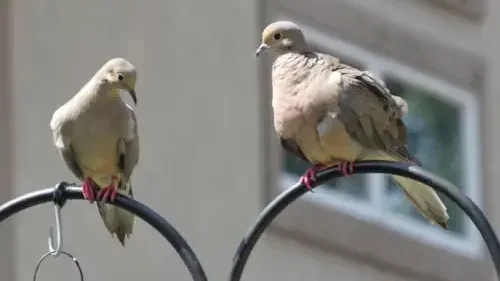
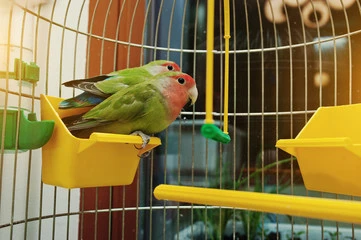
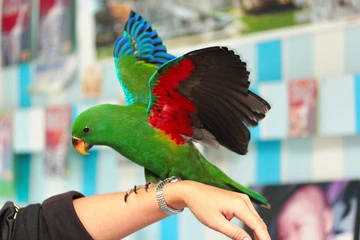
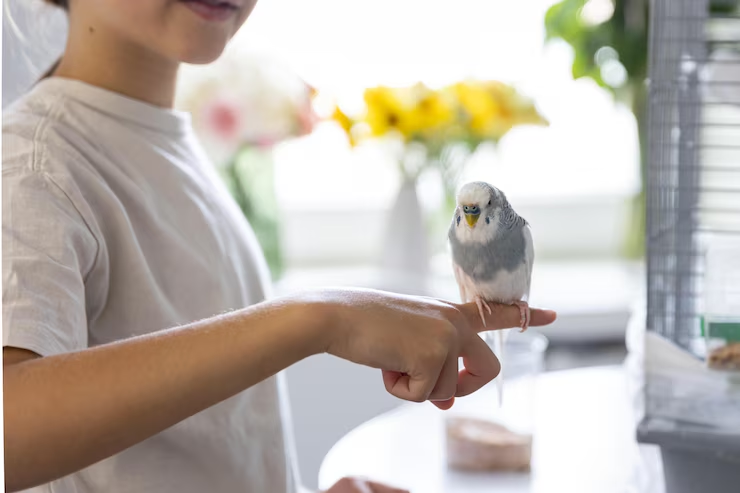
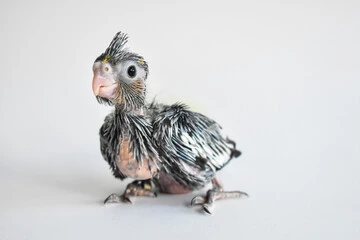
One Comment